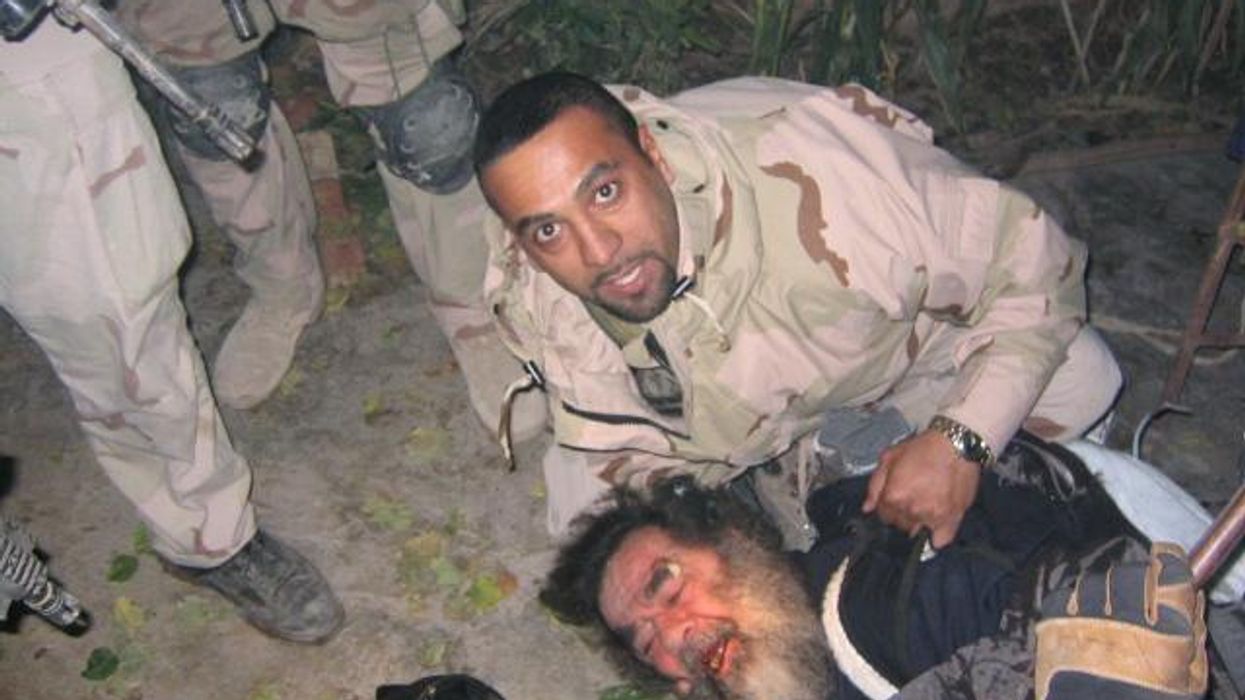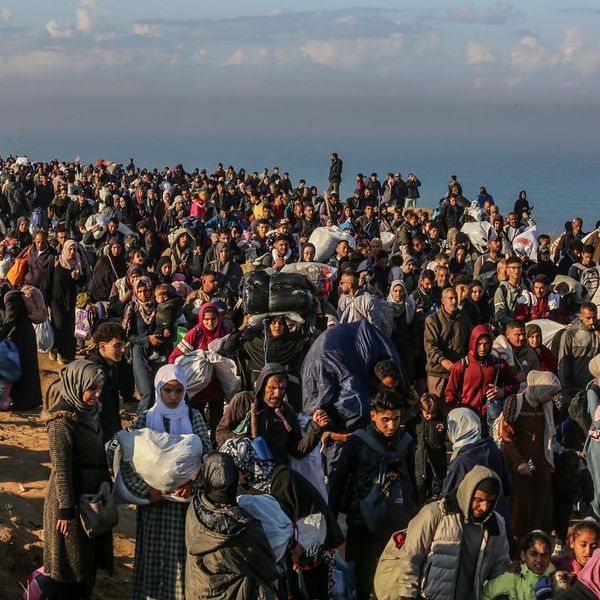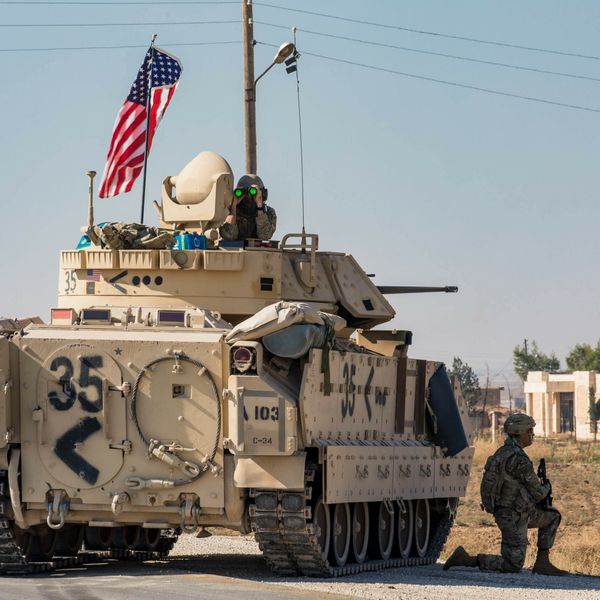At the beginning of this year, President Trump ordered roughly 800 U.S. soldiers to withdraw from Somalia as part of a larger effort by his administration to prune back the unchecked growth of U.S. military involvement in unwinnable wars.
While the Biden administration embraced Trump’s plans for withdrawal from Afghanistan, the president has said little either way about whether he will reverse his predecessor’s course on Somalia. Reports that the Pentagon is already drawing up plans to send troops back to Somalia indicate that he might do just that.
U.S. involvement in Somalia has been on a much smaller scale than the U.S. invasion of Afghanistan. However, there are parallels between the two conflicts. Former U.S. policies are partly responsible for the genesis of the Taliban due to Washington’s support for its forerunner, the mujahidin. Likewise, flawed policies in Somalia helped spawn al-Shabaab. In the case of al-Shabaab, it is unlikely the group would exist in its current virulent form if the United States had not green-lighted the 2006 Ethiopia led invasion of Somalia. During that war, the relatively moderate Islamic Courts Union (ICU) was overthrown. In its place, al-Shabaab metastasized.
In Afghanistan and Somalia, there are no feasible military solutions to the insurgences that plague both countries. Despite the lives lost and the nearly 2.3 trillion dollars spent, the Taliban control at least a quarter of Afghanistan’s 421 districts. And this is probably an underestimate as it does not take the Taliban’s “quiet control” of many more districts by means of intelligence operatives and informants into account.
Similarly, al-Shabaab continues to expand its reach in Somalia despite billions of dollars spent by the U.S. and the broader international community to support the Somali government and combat the terrorist organization. The African Union Mission in Somalia (AMISOM) maintains twenty-thousand soldiers in Somalia. Yet, al-Shabaab routinely attacks even well-defended targets. In September 2019, al-Shabaab targeted Baledogle military base which was used by U.S. soldiers and drone operators. On January 5, 2020, al-Shabaab infiltrated Camp Simba across the Somali border in Kenya, home to at least 100 U.S. personnel. One American solider and two U.S. government contractors were killed in the attack. Regardless of the U.S. presence, there are few places that al-Shabaab operatives are unable to target. The organization’s reach is partly due to the capabilities of its intelligence apparatus, the Amniyat.
Much like the Taliban, al-Shabaab makes up for what it lacks in military hardware with superior human intelligence (HUMINT). Both organizations use a combination of fear and well-defined rewards, including a reliable—if harsh—sense of security to secure the support of those under their control. Al-Shabaab and the Taliban have out-competed and out-fought — at least so far — their respective corruption-plagued governments and ineffective U.S.-supported armies.
It is an ability to deliver security and predictability to those under their control that contribute to the durability and success of both organizations. Populations abhor governance vacuums and will acquiesce to even the harshest regimes — at least for a while — if it means that they will have some semblance of security. Like most effective insurgent groups, al-Shabaab directs most of its violence at those living outside the territory it controls. The areas over which al-Shabaab rules in southern Somalia are secure and comparatively well-governed. Al-Shabaab provides some basic services and checkpoints and “taxes” are regularized.
Al-Shabaab also runs an extensive network of courts that operate across Somalia. Many Somalis — even those opposed to al-Shabaab — will seek out al-Shabaab aligned courts because their rulings are handed down quickly and are enforced. In short, those living under the control of al-Shabaab generally know what to expect from their rulers. This stands in contrast with the unpredictability and rampant corruption within the government of Somalia and those forces it nominally controls.
The well-funded Somali government and the more lavishly funded government of Afghanistan can afford high levels of corruption since donor nations generally pay the bills. This is not the case with insurgent groups like the Taliban and, most especially, al-Shabaab which must rigorously police its members and shepherd its resources. Al-Shabaab executes those found guilty of corruption. The only resource that comes freely to both al-Shabaab, and the Taliban, is, sadly, new recruits.
Deploying token numbers of U.S. soldiers — even the most well-trained and capable among them — to Somalia will do little to combat al-Shabaab. Instead, the costly deployments only fuel al-Shabaab’s propaganda about “infidel” invaders.
Just as in Afghanistan, where no expense was spared and tens of thousands of troops were deployed, there is no viable military solution to the conflict in Somalia. TheUnited States . has neither the interest nor the stomach to commit the thousands of soldiers that would be required to materially defeat al-Shabaab, an organization that poses no particular threat to the homeland.
The wars in Afghanistan and Vietnam demonstrate that, even with the deployment of tens of thousands of soldiers and a blank check, victory is rare. As Colonel Gian Gentile argues a, “hearts-and-minds counter-insurgency carried out by an occupying power in a foreign land doesn’t work, unless it is a multi-generational effort.” While the military industrial complex would undoubtedly welcome 40-60 years of nvolvement in countries like Afghanistan and Somalia, it is doubtful that the American people and those who fight our wars will.
If there is a solution to the insurgency in Somalia, it will come from Somalis themselves. One need only look north to the unrecognized Republic of Somaliland to see that Somalis are more than capable of building durable and democratic state institutions. It is notable that Somaliland, unlike Somalia, has received little foreign assistance and, as a consequence, has been forced to follow its own path from conflict to stability.
Rather than double down on troop deployments and more drone strikes in Somalia, Washington the U.S. would do more good by doing less.
















